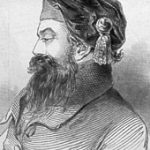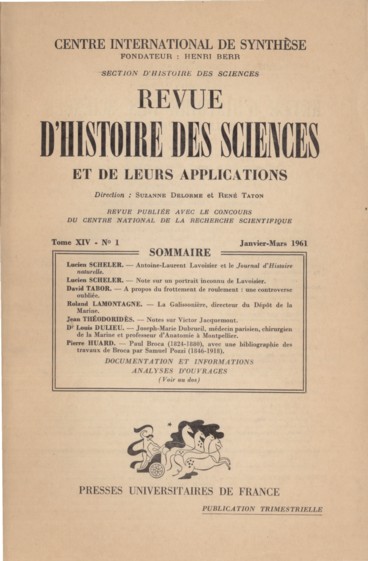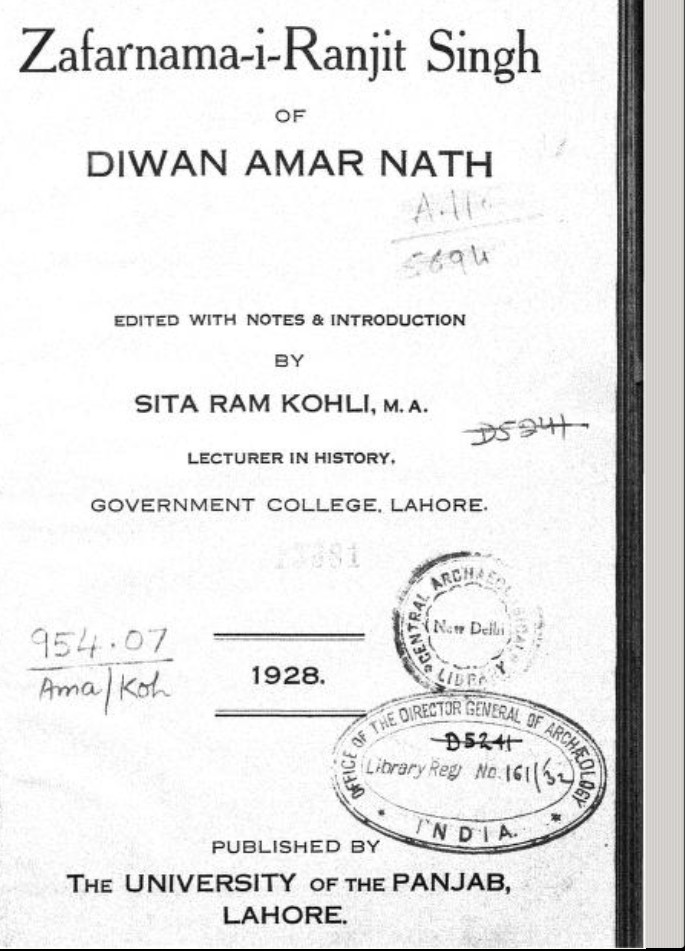Discover Panjab Singh's journey from a trooper to a notable figure under Maharaja Ranjit Singh, securing Jagirs and serving with valor. Learn more.
Discover the journey of Jean Baptiste Ventura, an Italian general in the Sikh army who transformed Sikh infantry with European tactics. Learn more here!
Explore the legacy of Bakhshish Singh, who took Khalsa vows in 1699 and fought in Lohgarh & Nirmohgarh battles. Discover historical insights from Sri GurPratap Suraj Granth.
Discover Victor Jacquemont's detailed 1829-1832 Indian travels exploring botany, culture, and meeting Maharaja Ranjit Singh. A historical adventure awaits!
Discover the inspiring story of Phumman Singh, a Jaito martyr, who bravely faced martyrdom in 1924 during the Sikh Gurdwara reform movement.
Explore Ranjit Singh's reign through Diwan Amar Nath's firsthand Persian account, detailing events from 1800-1837. Discover historical insights now!
BHAGATRATNAVALI, also known as Sikhan di Bhagatmal or Sikhan di Bhagatmala or Bhagatavali is a tika or exposition, in Punjabi prose, of a Var (no.ll) from Bhai Gurdas`s Varan. The Var con tains a roster of the names of some of the Sikhs of the time of the first six Gurus, Guru Nanak to Guru Hargobind, without giving any details about how they got initiated into the Sikh faith or about their careers. The Bhagat Ratnavali, attributed to Bhai Mani Singh (q.v.), attempts to supply these. The name of Bhai Mani Singh occurs at several places in the text in the third person which makes it doubtful if he is the author.
Explore the legacy of Lakhdada Javala Singh Padhania, a notable Sikh commander known for his gallantry and generosity in the early 19th century.
BIR MRIGESH, full title SRI BIR MRIGESH GURBILAS DEV TARU, is a voluminous nineteenth century work by Bhai Sher Singh, a disciple of Baba Khuda Singh (1786-1861), who completed it in 1911. In bold Gurmukhi typography, the book runs to 1912 pages, divided into two parts comprising 847 and 1065 pages, respectively. It contains accounts, in ample detail, of the lives of Baba Sahib Singh Bedi, Baba Bhag Singh of Kuri, Baba Bir Singh of Naurangabad and Baba Khuda Singh. The author refers to these luminaries as guru and calls his book gurbilas (biography of the Gurus).





